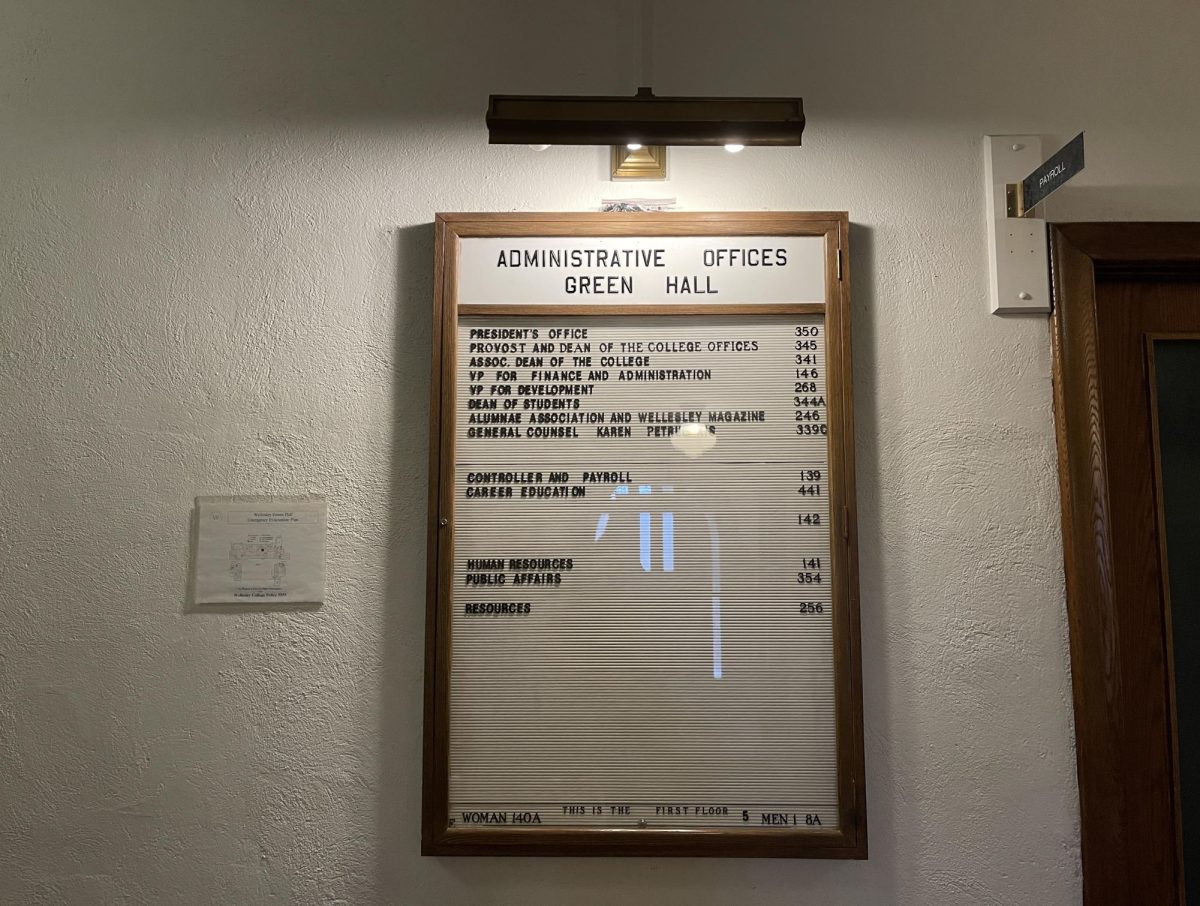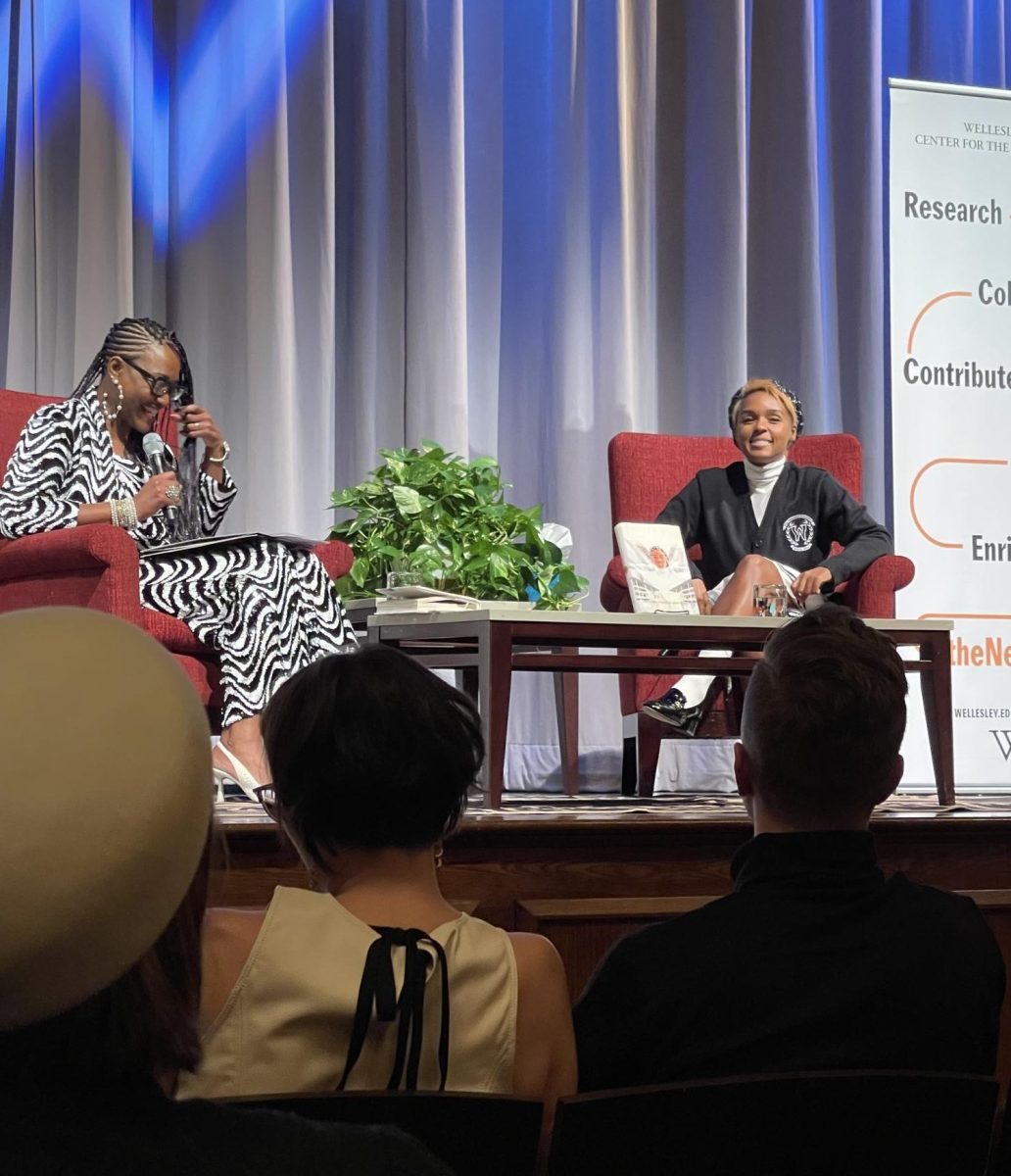The price of textbooks has been rising drastically on a national scale since 1995. Wellesley has put robust measures such as textbook vouchers into place in order to enhance textbook affordability. However, there are still more steps that the Wellesley administration could take in order to be more respectful of students’ socioeconomic statuses and financial abilities.
According to the Bureau of Labor Statistics’ consumer price index data, the price of course materials rose by 1,041 percent from 1978 to 2015. This is over a 200 percent difference from the rising price of medical services, new home prices and the general consumer price index. In addition, the Government Accountability Office found a similar statistic: between 2002 and 2013, the price of textbooks in particular—as opposed to all course materials—rose by 82 percent.
These rising prices only create a financial burden and add to students’ stress. This can have destructive and lasting effects on students’ education. In fact, the Public Interest Research Group surveyed over 2000 students at over 150 college campuses within the United States in order to look at its effects. The survey revealed that 65 percent of students opt not to buy a textbook if it is too expensive in their eyes, 48 percent said textbook prices impacted which courses they took and 94 percent of students who skipped buying a required book said they were worried that it would affect their grades.
Because Wellesley College’s administration is clearly aware of how cost ineffective course materials are, the Wellesley Students’ Aid Society provides textbook gift vouchers. In addition, the Wellesley College bookstore sells and rents textbooks in order to provide a variety of ownership and price options. There is also an option to sell back your textbooks and get 50 percent of the cash back. Nonetheless, even these measures do not eliminate the burden on some Wellesley students. A Wellesley sophomore in a 200-level English course stated that her professor requires that students purchase a new book each week, totaling approximately 13 purchased books by the end of the semester. When the professor was questioned about it, the professor was not willing to provide a solution for people who did not feel comfortable paying so much.
Some other institutions, such as the University of Maryland, have opted to completely eliminate print textbooks, using only PDF’s or online versions of textbooks. Because Wellesley has Sakai, there is potential for implementing the same online textbook system as the University of Maryland. However there is nothing in the works pushing for electronic textbooks at the moment. While that would be a drastic change, perhaps professors could at least make some of their readings available through Sakai or other means, as many Wellesley professors already do.
For instance, Assistant Professor of Economics Pinar Keskin does not craft her curriculum according to a particular textbook because of the high cost of textbooks. She does list one textbook as a reference in her syllabi, but she recognizes that within the economics textbook market at least, there are only approximately five publishers. This leads to higher prices, and she does not want to impose a financial burden on parents or students.
With Wellesley outlets like the Facebook Textbook Exchange and Free & For Sale pages available for use, print and electronic textbooks can easily be passed along. In addition, professors like Keskin and certain Wellesley policies do limit the cost that expensive textbooks thrust upon students, but there is still room for improvement.



